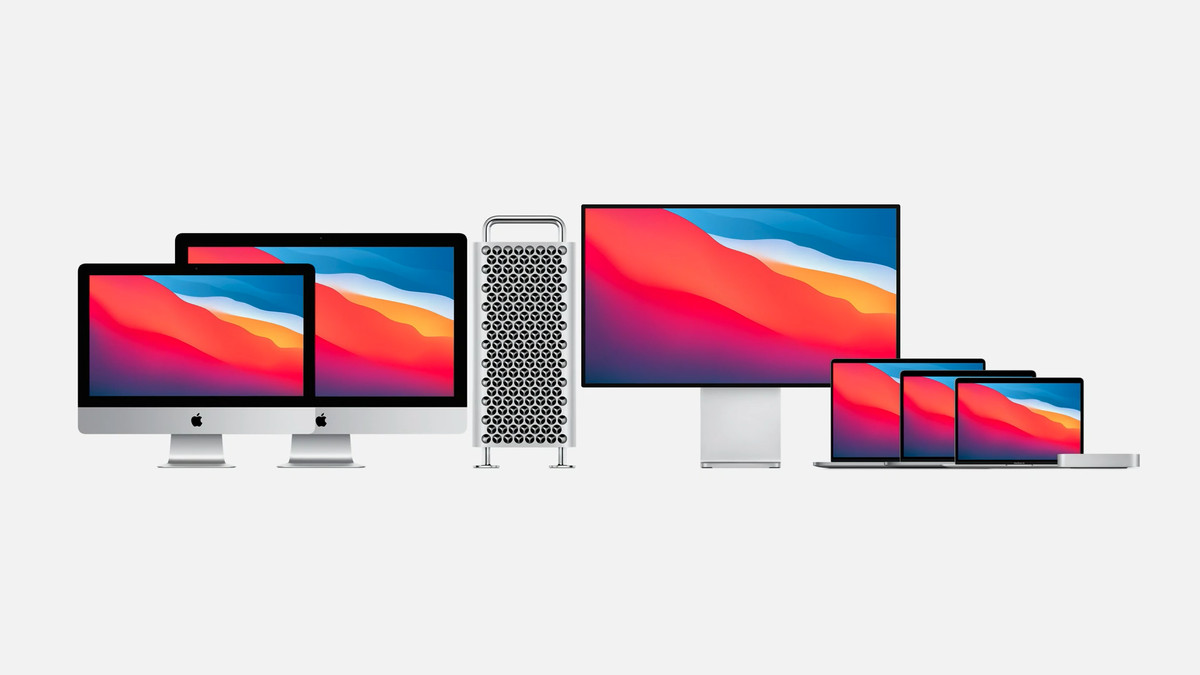Apple has officially released the latest version of macOS: macOS Big Sur (also known as macOS 11.0), which is available to download now assuming you have a compatible Mac.
Big Sur is one of the biggest updates to Apple’s laptop and desktop software in years, featuring a top-to-bottom redesign of the interface, icons, and menu bar, a new control center UI borrowed from iOS, widgets (also borrowed from iOS), and a variety of other improvements (see here for the full list). It’s such a big change that Apple is actually moving on from the OS X / OS 10 branding that it’s been using for Macs for almost 20 years.
Apple’s also adding some new privacy-focused features, including better tracking information in Safari and new privacy data in the Mac App Store for any apps you download.
:no_upscale()/cdn.vox-cdn.com/uploads/chorus_asset/file/22027820/Screen_Shot_2020_11_10_at_3.34.08_PM.png)
But Big Sur isn’t just exciting for the features it brings to existing Macs. It’ll also be the operating system that runs on Apple’s newly announced M1-powered MacBook Air, MacBook Pro, and Mac mini computers when they release on November 17th. Apple says that it’s specifically optimized Big Sur to run on those new, ARM-based systems, which will offer a major feature not found on the Intel versions: the ability to run iOS and iPad apps.
The full list of Macs that can run Big Sur are as follows:
- MacBook (2015 and later)
- MacBook Air (2013 and later)
- MacBook Pro (late 2013 and later)
- Mac mini (2014 and later)
- iMac (2014 and later)
- iMac Pro (2017 and later — i.e., all models)
- Mac Pro (2013 and later)
Devices that could run macOS Catalina that aren’t making the cut for the Big Sur update include the 2012 MacBook Airs, the mid-2012 and early-2013 MacBook Pros, the 2012 and 2013 Mac minis, and 2012 and 2013 iMacs. If you’re not sure whether your Mac is compatible, you can identify it by following Apple’s guide here.
